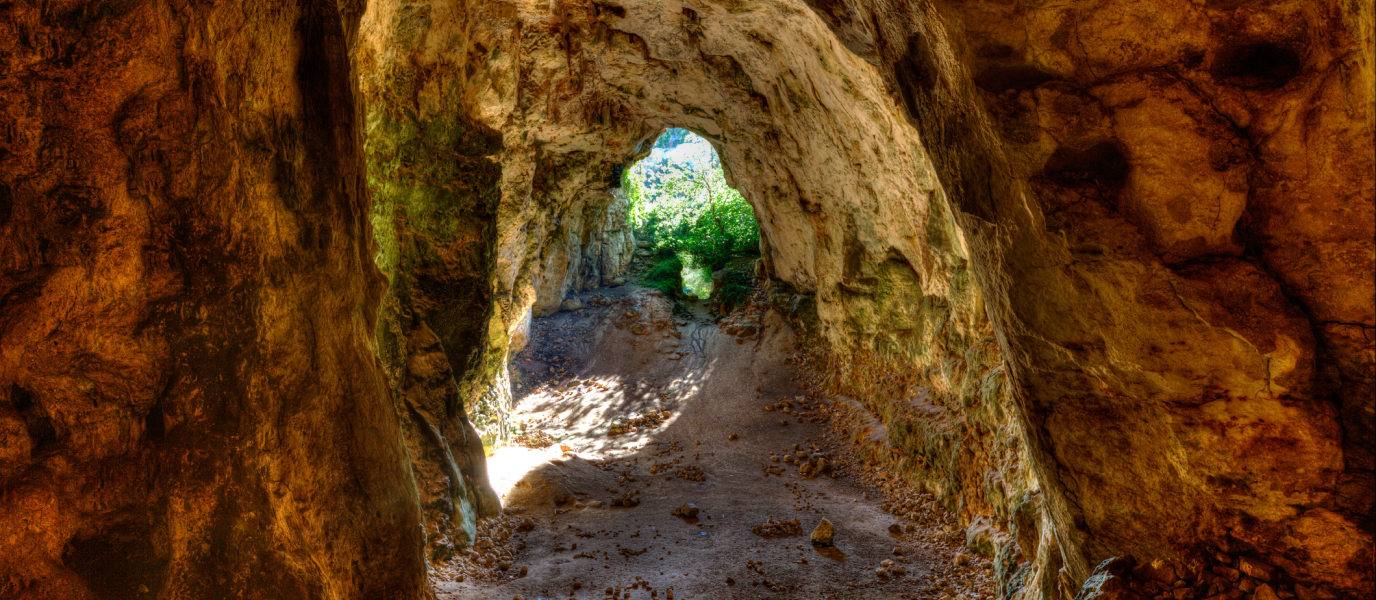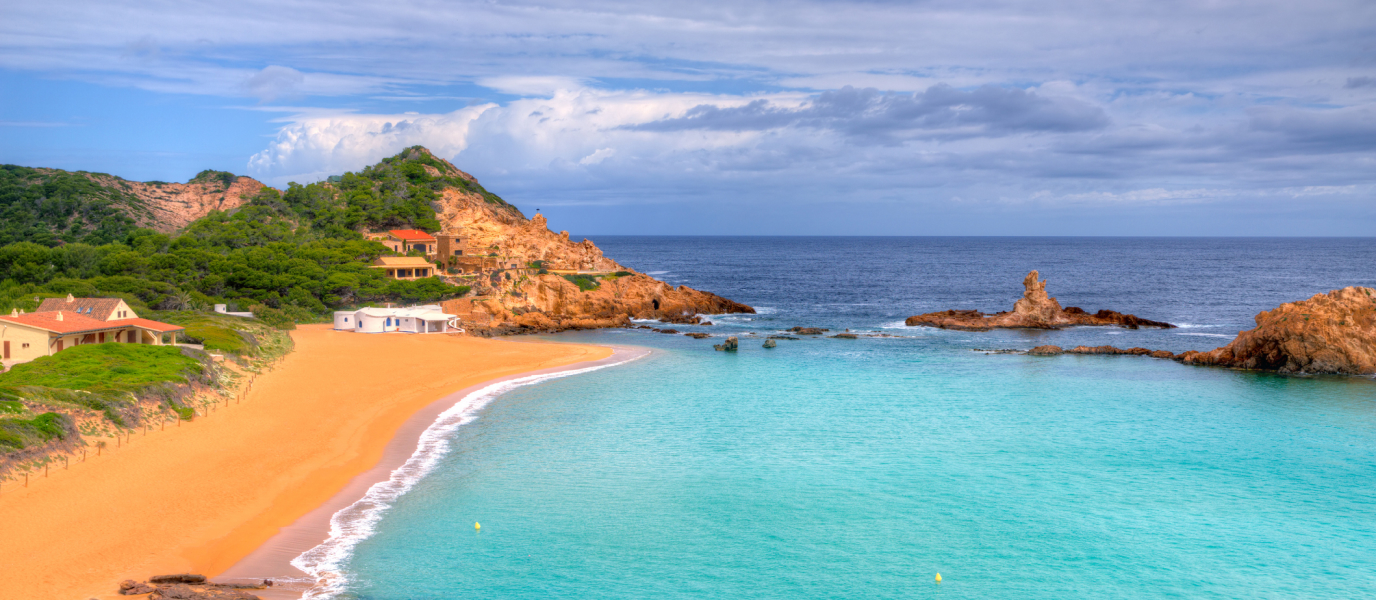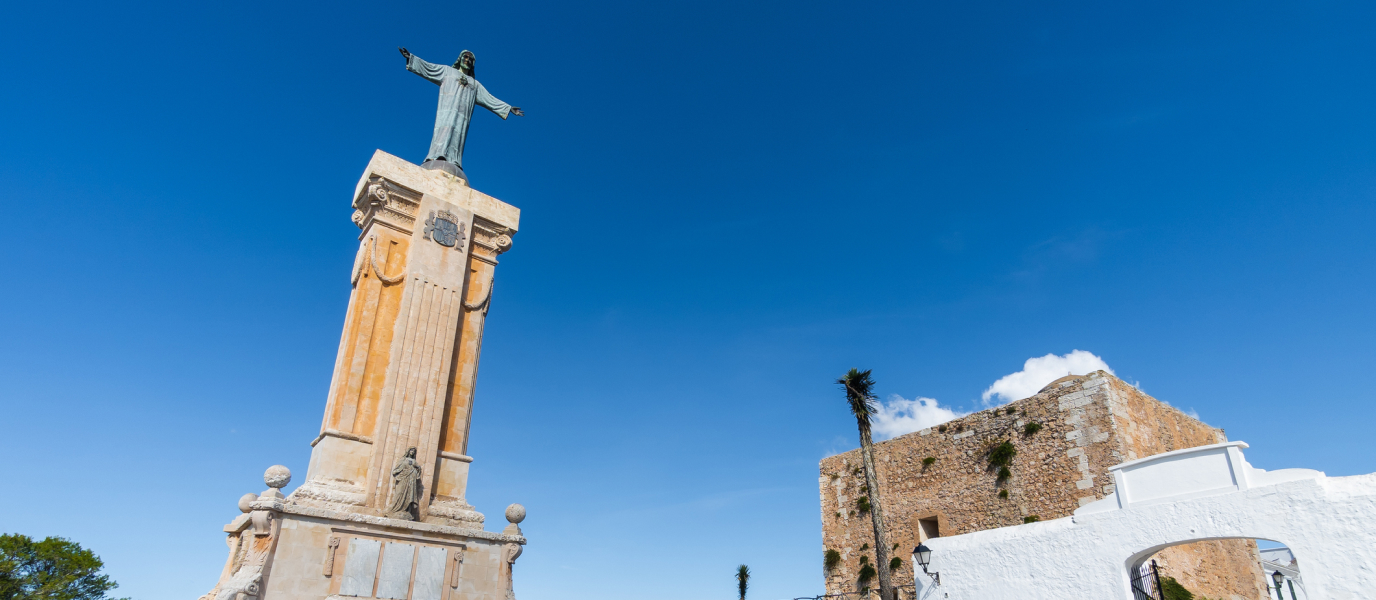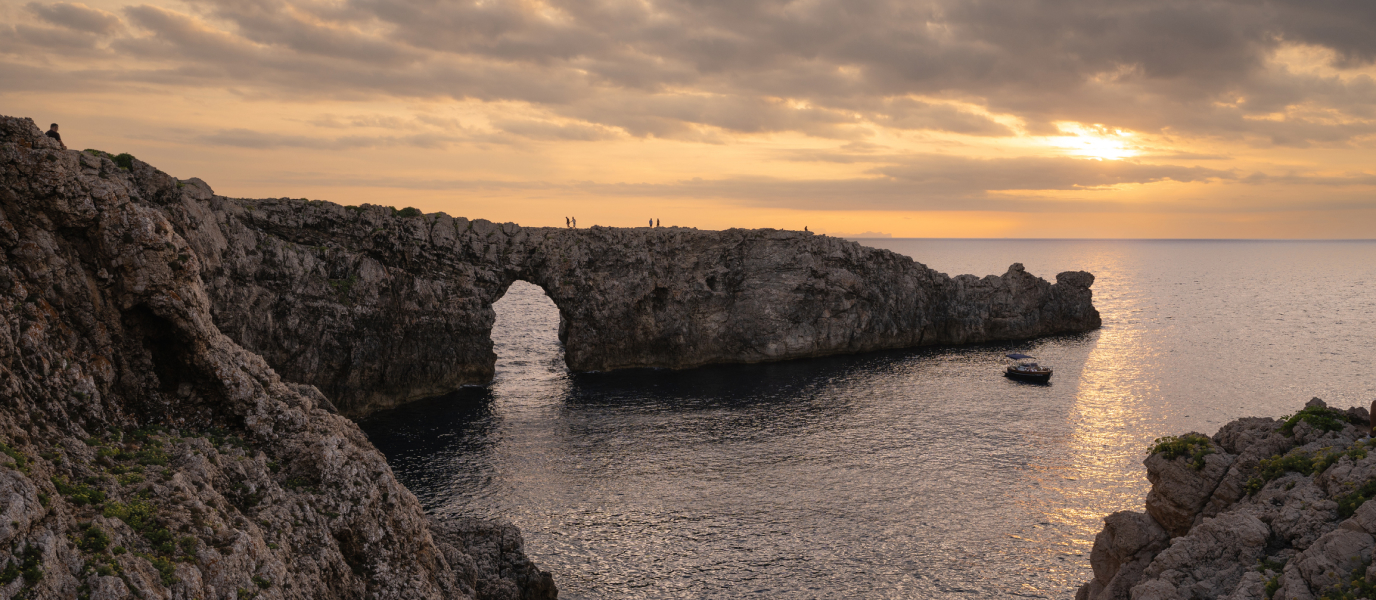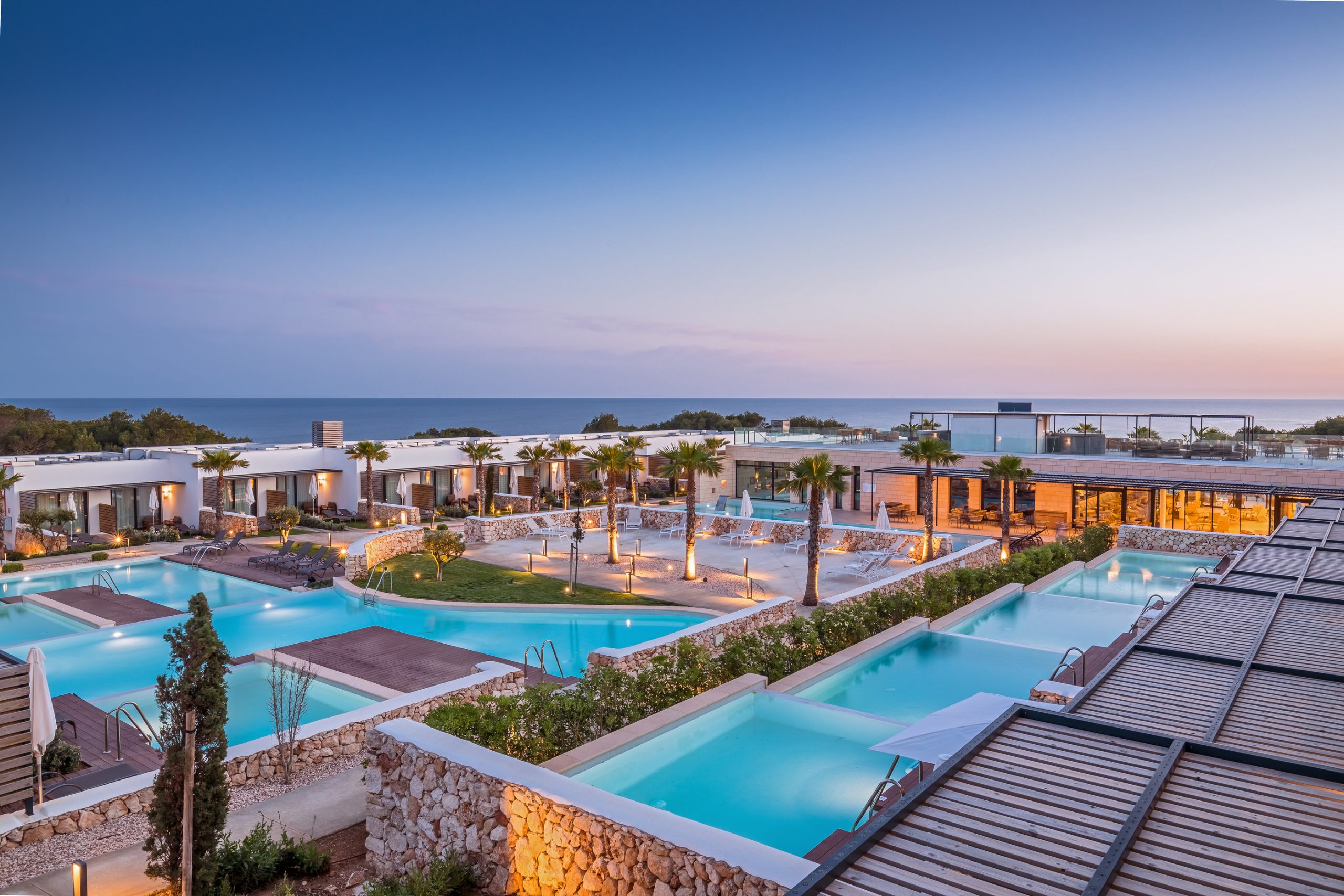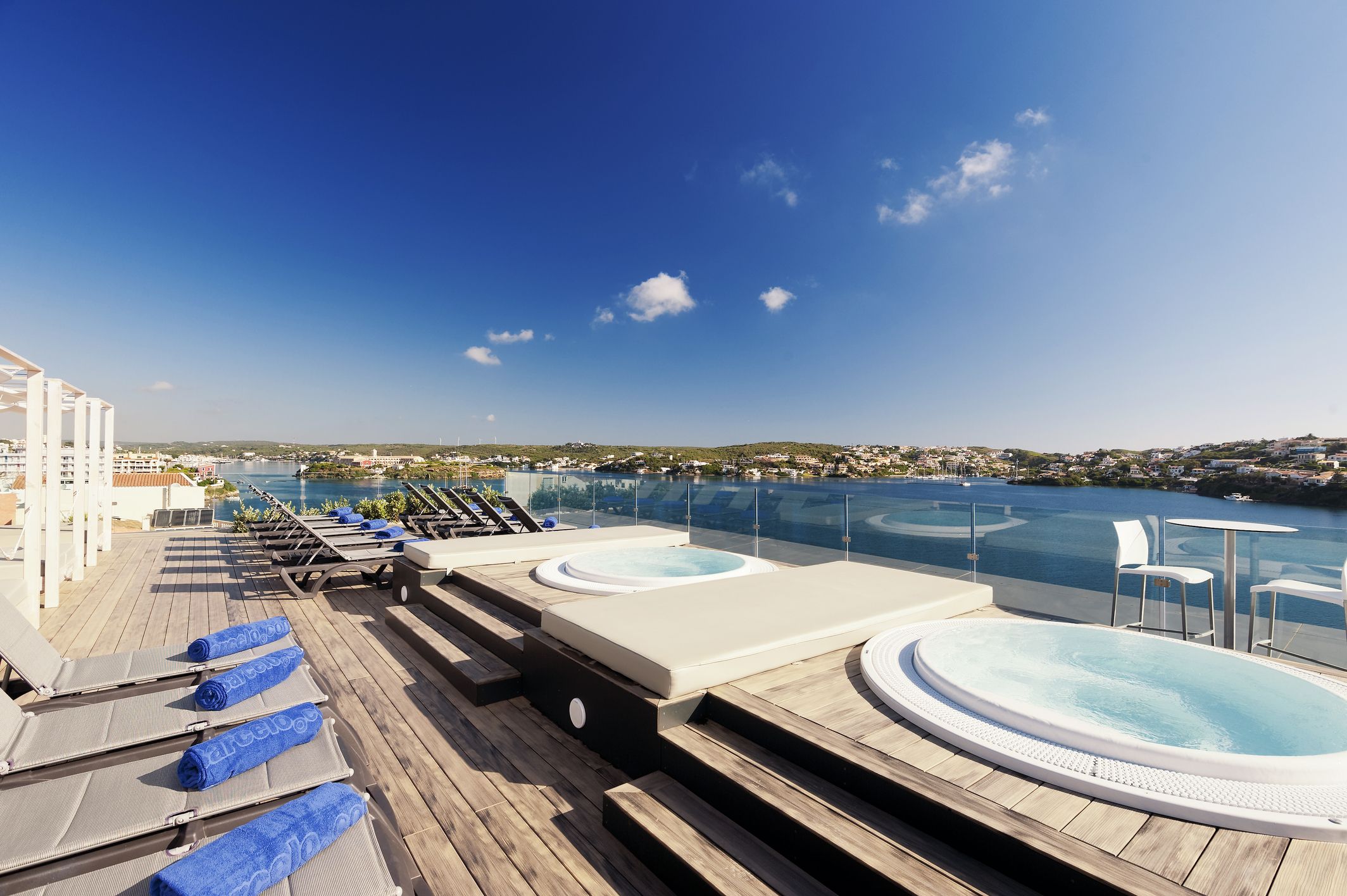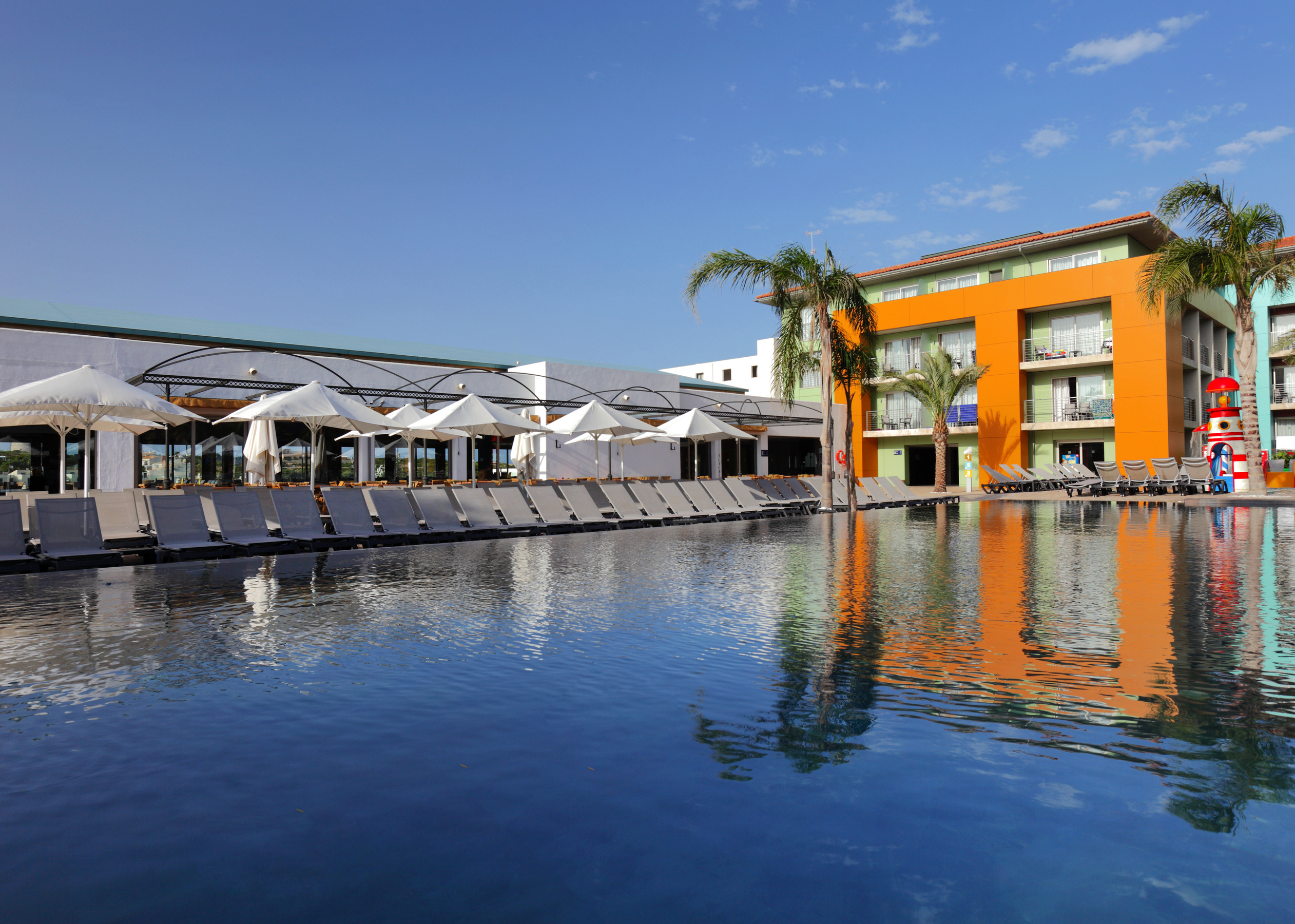According to legend, millions of years ago several rivers ran underground across Minorca. They formed three great tunnels, connecting remote parts of the island, as if it were a Gruyère cheese. The legend tells that the rivers flowing from the north to the south of the island entered the sea through an enormous cave hidden in the countryside. This could have been the Cova des Coloms, a huge natural cave located in the Binigaus ravine, just under two kilometres from Es Migjorn Gran in southern Minorca. Known as ‘La Catedral’, this huge cave hidden among the vegetation may have been a burial area and a site of magical and religious significance during the post-Talayotic age—which explains why it has held the status of an Asset of Cultural Interest since 1966. Any excursion to see it involves an Indiana Jones-style adventure, which visitors may wish to conclude by going for a swim from the nearby Binigaus beach.
The Cova des Coloms: a real challenge
The best way to reach the Cova des Coloms is by walking from the nearby town of Es Migjorn Gran, which takes no more than half an hour. Leave your car in the car park next to the cemetery, and take the path that leads from here to Binigaus beach. The narrow track is signposted with red and yellow pictures, and occasionally you will see the word cova or cueva written on the stone walls that border the track. After almost one kilometre, the track divides just past the Binigaus Vell country house: the right-hand path leads on to the beach, while the left-hand path leads down the ravine to the Cova des Coloms.
On arriving at the cave, visitors are always surprised by its unexpectedly small entrance, swathed in vegetation, which leads into a vast cavity 24 metres high, 15 metres wide and 110 metres long. Just as if this were a real cathedral carved into the rock, we enter a large, central, 50-metre hall at the back of which is a long, narrow passage. The cave’s name (which in English means ‘cave of the doves’) derives from the fact that in the past the place was always inhabited by doves, until they were driven away by hunters. Today, the walls are covered with moss and lichens, due to the high humidity, and you may also see bats.
The exciting stories of Minorca’s caves
The Cova des Coloms has always fascinated the island’s inhabitants, who have sensed that the place possesses a certain magical or symbolic character. Back in the nineteenth century, the eccentric Archduke Luis Salvador of Austria (who was captivated by the Balearic Islands and spent many years living in Majorca) wrote about the possible uses of the cave in prehistoric times. His theories were later confirmed by several archaeological excavations. Towards the end of the nineteenth century, the French prehistorian Émile Cartailhac found pottery and human bones from the post-Talayotic age (between 550 and 123 BC) there. And between 1914 and 1915, the archaeologist Antoni Vives i Escudero unearthed several ceramic pots and two bronze horns dating from the same period, which are now exhibited in the Museu de Menorca [Museum of Minorca]. Experts believe that the cave was a burial site and a place where magic and religious rituals were conducted for the island’s ancient inhabitants, who saw the space as symbolising both a womb and an entry point into the next world.
A swim on Binigaus beach: the best end to the day
After seeing the cave, many visitors choose to follow the path down the ravine to nearby Binigaus beach, a walk that takes no more than 25 minutes. After this pleasant walk through the woods, we reach southern Minorca’s longest unspoilt beach, a haven of peace with shallow, crystal-clear waters sheltered by a cliff.
If you have an even more adventurous spirit, you can walk from this beach along the shore to Cala Escorxada (to the west of Binigaus beach). The difficulty in accessing this cove makes it one of Minorca’s most isolated and secluded beaches, but also one of the most beautiful, with its white sands and turquoise-blue waters. It is sometimes possible to find good surfing waves here when the wind is blowing from the south.




































































